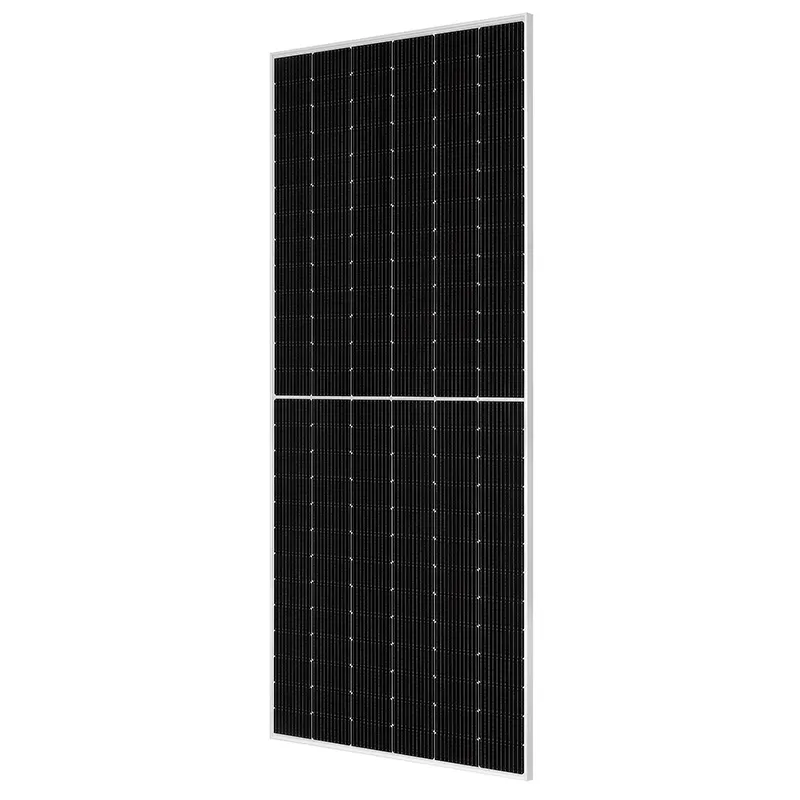semi flexible solar panel
Exploring the Benefits and Applications of Semi-Flexible Solar Panels
In recent years, the demand for renewable energy solutions has surged, with solar energy leading the way. Among the innovative technologies emerging in this field, semi-flexible solar panels have garnered significant attention due to their versatility and efficiency. Designed to adapt to a variety of surfaces and applications, these solar panels represent a promising step forward in harnessing solar energy.
Understanding Semi-Flexible Solar Panels
Semi-flexible solar panels are distinct from traditional rigid solar panels in that they are made using lightweight materials that allow for a degree of flexibility while still retaining their structural integrity. Typically, these panels utilize thin-film photovoltaic (PV) technology, which enables the production of solar cells that can bend and conform to different shapes. This flexibility opens up a myriad of applications, especially in areas where traditional panels cannot be installed.
Key Advantages of Semi-Flexible Solar Panels
1. Lightweight and Portable One of the most significant advantages of semi-flexible solar panels is their lightweight design. This feature makes them easy to transport and install, making them an ideal choice for temporary installations and mobile applications. Whether it's for camping trips, boats, RVs, or emergency power supply, these panels provide a convenient energy solution.
2. Versatile Installation Semi-flexible panels can be installed on various surfaces, including curved or irregular ones. This adaptability means they can be used on rooftops of unconventional shapes or mounted on vehicles like cars and buses. This versatility allows users to maximize the efficiency of their energy systems, depending on spatial constraints.
3. Durability and Efficiency Despite their lightweight nature, semi-flexible solar panels are built to withstand harsh weather conditions. Many models are designed to resist water, dust, and UV exposure, ensuring longevity and reliable performance over time. Moreover, advancements in PV technology have led to significant improvements in efficiency, meaning that even with a flexible design, these panels can generate substantial energy.
4. Cost-Effective Solutions While the initial investment in solar technology can be significant, semi-flexible panels often present a cost-effective alternative. Their lightweight nature reduces installation costs, and their efficiency can lower energy bills over time. Additionally, the versatility of these panels can tap into otherwise unusable spaces, maximizing the return on investment.
semi flexible solar panel

Applications in Renewable Energy
The applications of semi-flexible solar panels are vast and varied, spanning both residential and commercial uses.
- Transportation The automotive industry is increasingly incorporating solar technology. Semi-flexible panels can be integrated into vehicles, providing supplementary energy to power systems and reduce fuel consumption. For example, electric vehicles can utilize these panels to extend their range, while traditional vehicles can benefit from reduced reliance on gasoline.
- Off-Grid Solutions For those living in remote areas or areas with unreliable power supply, semi-flexible solar panels become a vital resource. They can power homes, cabins, and outbuildings, providing clean energy for essential services, lighting, and appliances without the need for extensive grid infrastructure.
- Outdoor Activities Adventurers and outdoor enthusiasts are leveraging semi-flexible solar panels for convenient energy solutions while camping, hiking, or participating in other recreational activities. These lightweight panels can be easily carried and setup to charge devices, ensuring connectivity without sacrificing mobility.
- Aesthetic Integrations Innovative architectural designs are increasingly incorporating semi-flexible solar panels into building facades and roofing materials. This integration allows for energy generation without compromising the aesthetic appeal of structures.
Conclusion
As the world continues to prioritize sustainability and reducing reliance on fossil fuels, semi-flexible solar panels stand out as a practical, efficient, and adaptable solution. They not only offer a way to harness solar energy in previously unfathomable manners but also promote a broader acceptance of renewable technologies across various sectors. Whether for personal use in transportation or broader applications in architecture, these panels exemplify the innovative spirit driving the renewable energy revolution. As technology progresses and public awareness grows, semi-flexible solar panels may soon play an essential role in our energy landscape.
-
String Solar Inverter: The High-Efficiency Solution for Smart Solar EnergyNewsJul.14,2025
-
Revolutionizing Rooftop Energy with the Power of the Micro Solar InverterNewsJul.14,2025
-
Power Independence with Smart Off Grid Solar Inverter SolutionsNewsJul.14,2025
-
On Grid Solar Inverter: Powering the Future with Smart Grid IntegrationNewsJul.14,2025
-
Monocrystalline Solar Panels: High-Efficiency Power for the Future of Clean EnergyNewsJul.14,2025
-
Bifacial Solar Panel: A Smarter Investment for Next-Generation Energy SystemsNewsJul.14,2025







